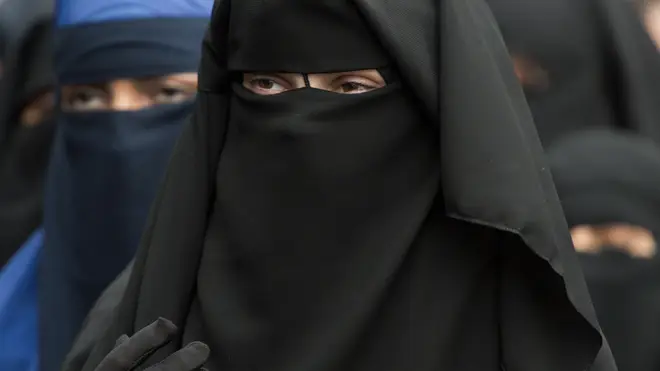
Clive Bull 1am - 4am
13 August 2018, 15:53 | Updated: 28 October 2019, 15:53
Boris Johnson faced a mixed reaction to his recent burka comments, but do you know the difference between the burka, the niqab and the hijab?
The former foreign secretary has been praised and criticised for his newspaper column in which he compared Muslim women wearing burkas to bank robbers and letter boxes.
Mr Johnson said he was against a ban on face-covering veils in public places, but added that it was "ridiculous" that people chose to wear them.
His father, Stanley Johnson, told LBC that he should have gone a lot further, and backbencher Jacob Rees-Mogg believes he has "nothing to apologise for".
But Prime Minister Theresa May condemned the comment by saying he had caused offence, and Ken Livingstone said that the Conservative Party "should dump him".
Boris Johnson is now facing a disciplinary investigation by his party.

The hijab describes the headscarf worn by Muslim women; they come in lots of different colours and styles, and cover the head and neck, leaving the face clear.
The niqab is a veil for the face that does not cover the area around the eyes. The niqab can be worn with a separate eye veil, and is worn with an accompanying headscarf.
A burka is a one-piece veil that covers the face and body, often with a mesh-like screen for the woman to look through. It is the most concealing of all Islamic veils.

Yes.
The shayla is a long, rectangular scarf wrapped around the head and tucked, or pinned, in place at the shoulders.
A khimar is a long, cape-like veil that hangs down to the waist, covering the hair, neck, and shoulders completely, but leaving the face clear.
The chador is a full-body cloak which leaves the face clear, and is often accompanied by a smaller headscarf underneath.